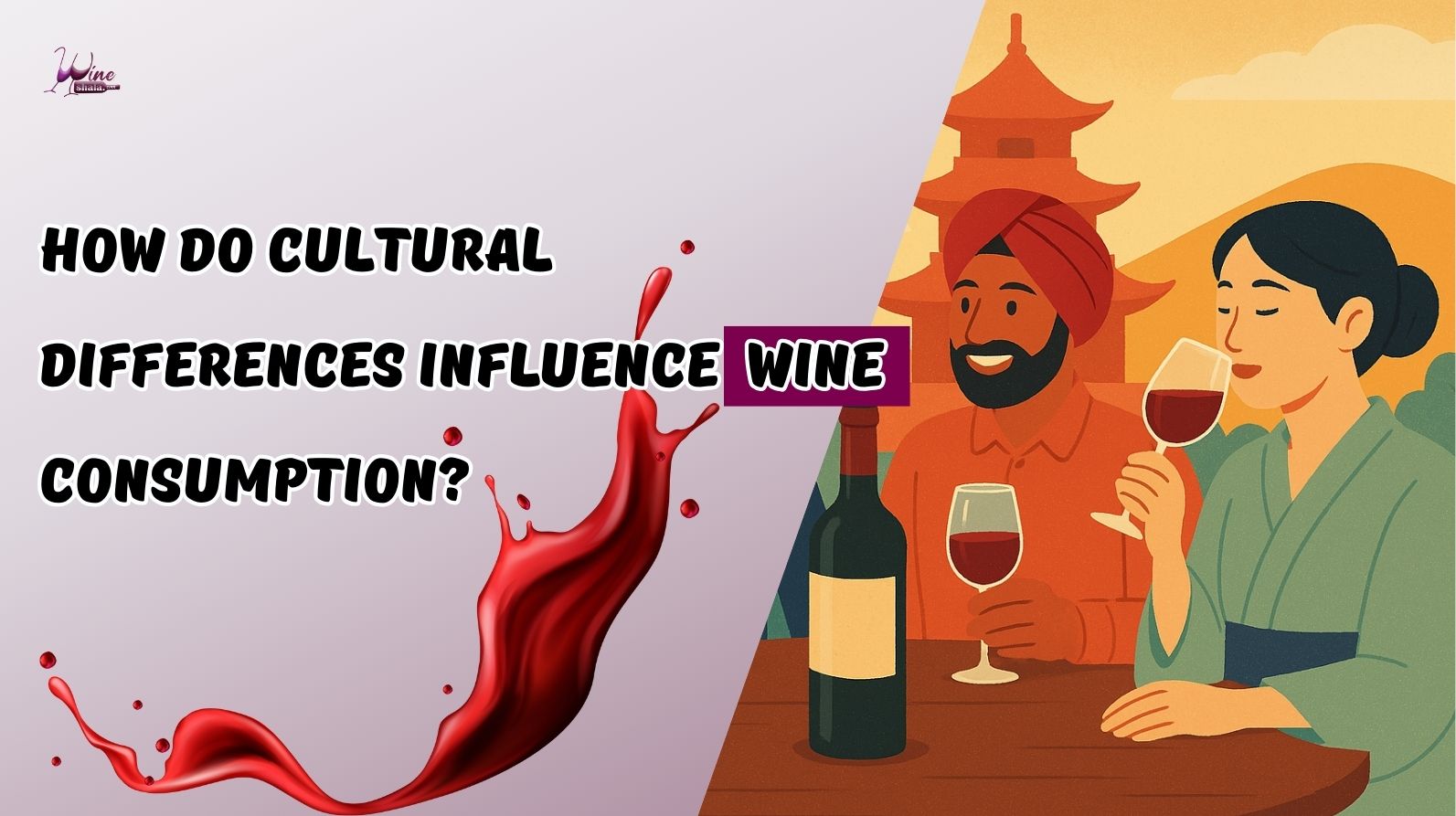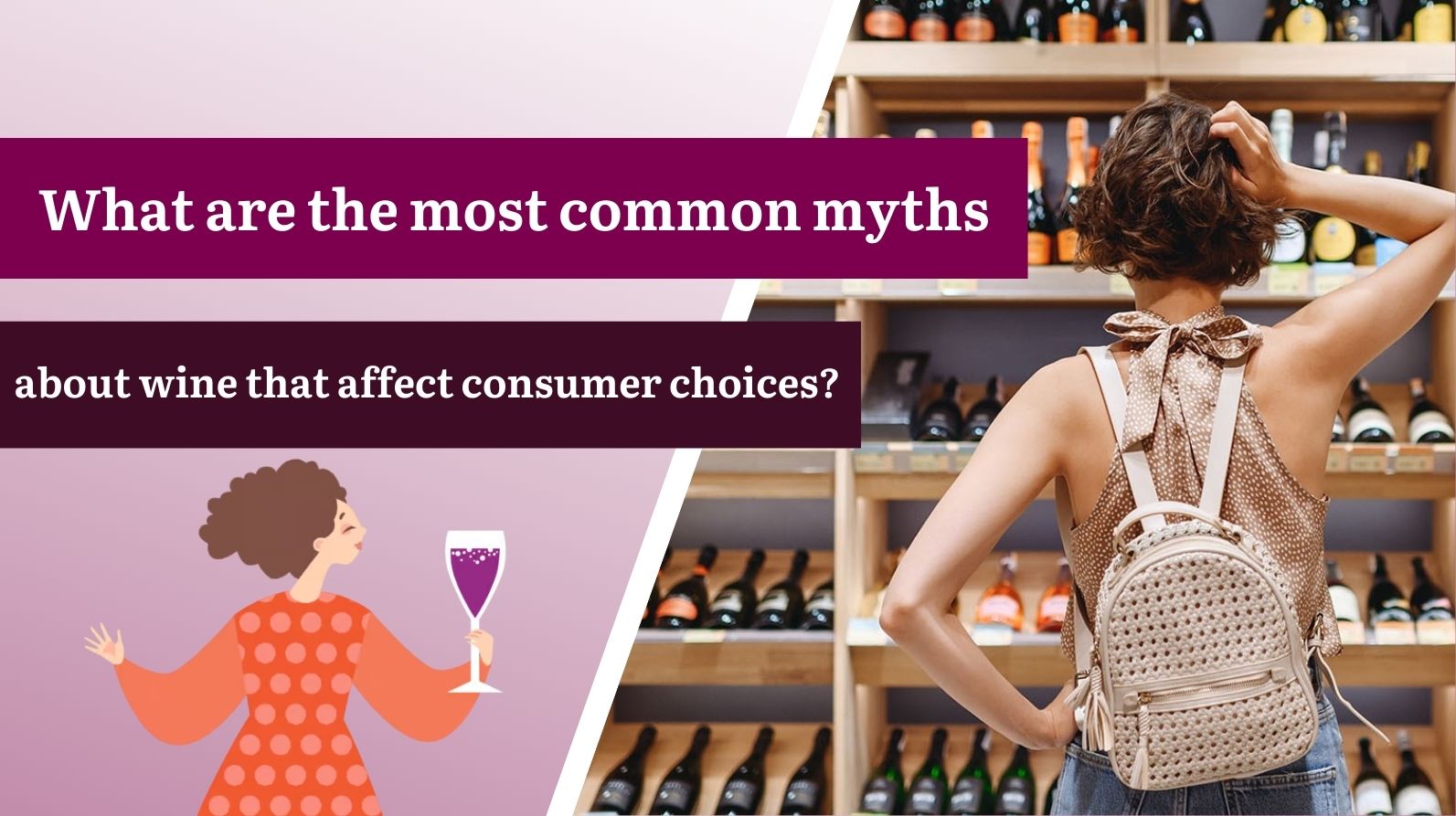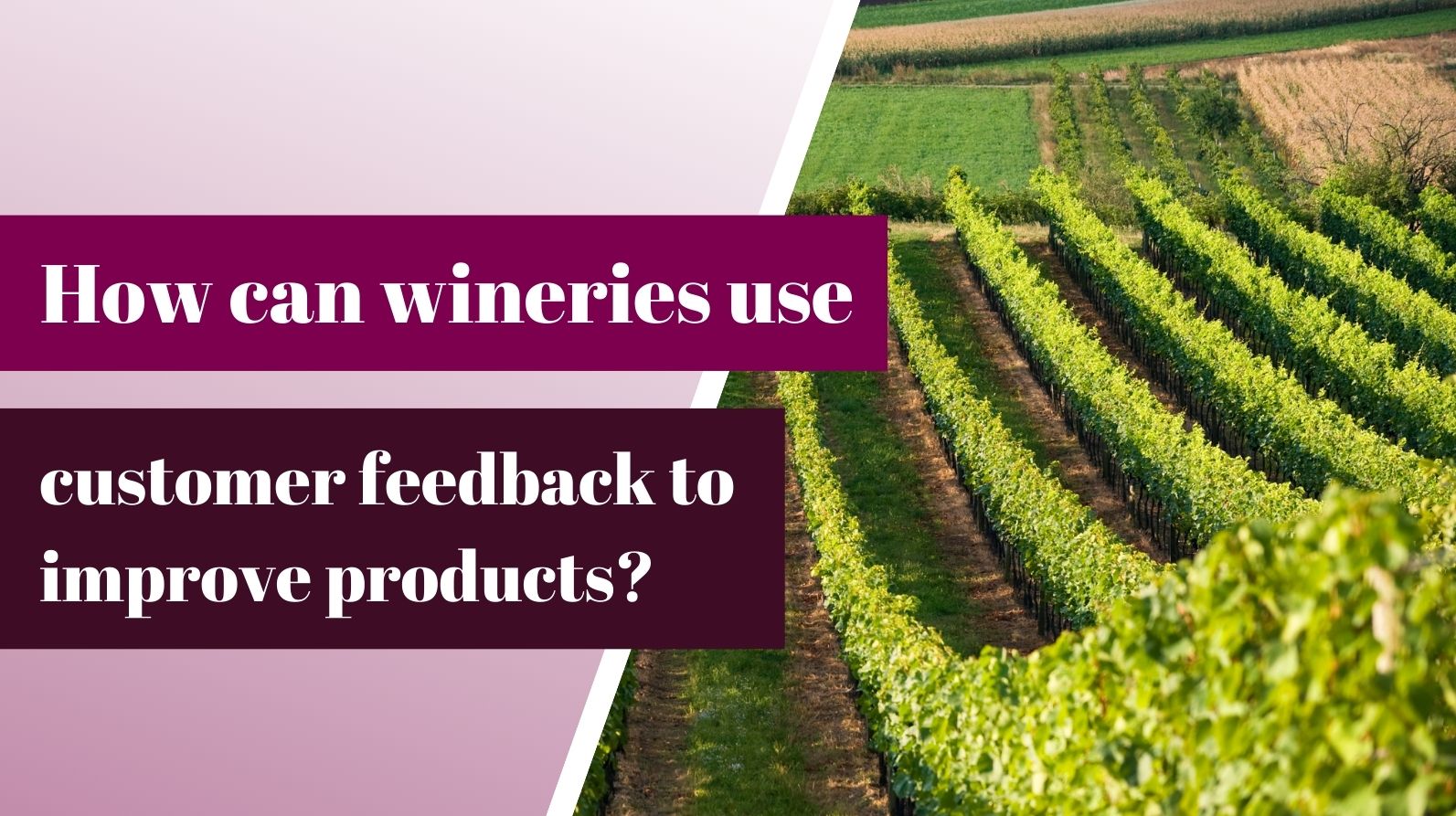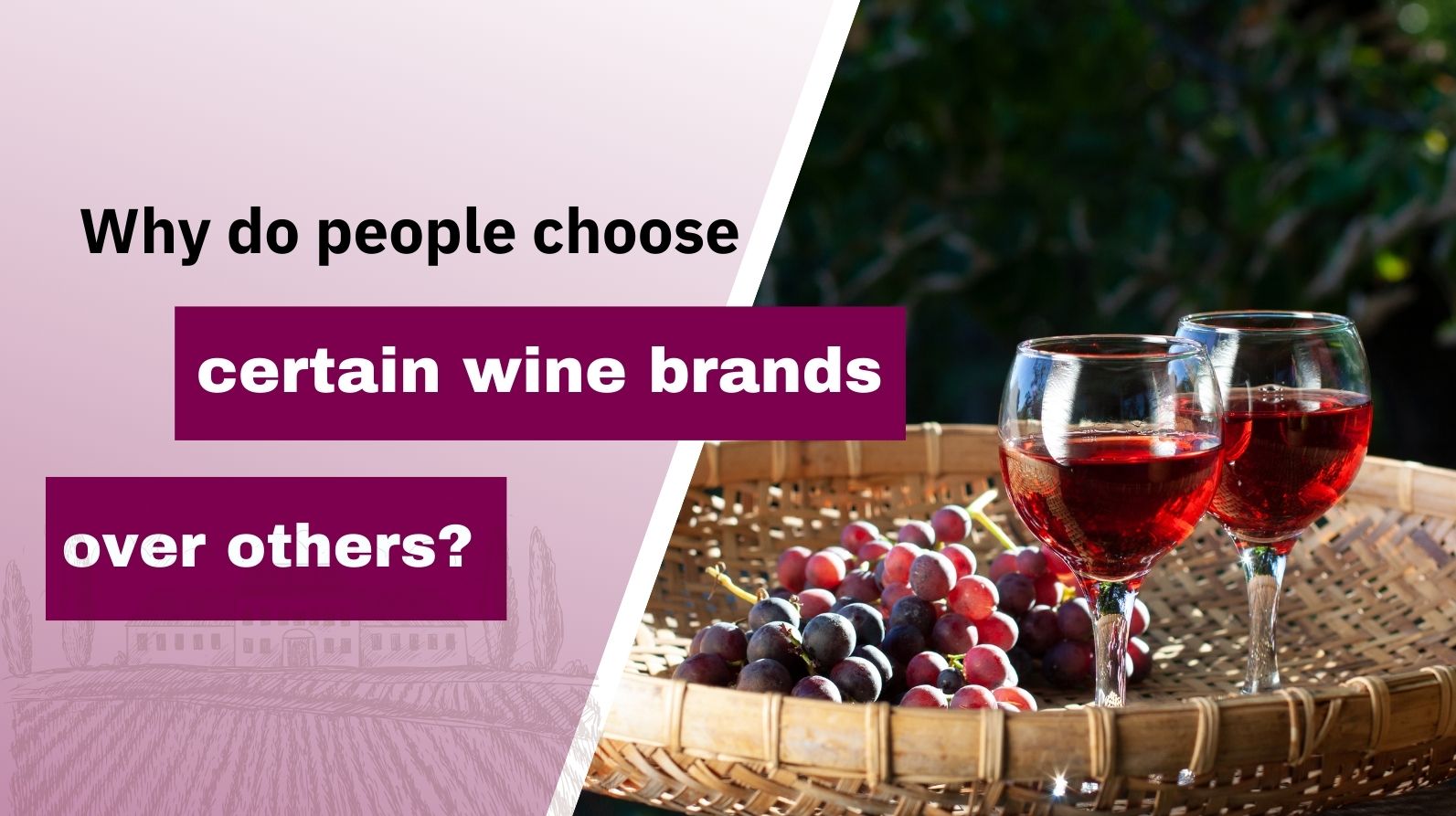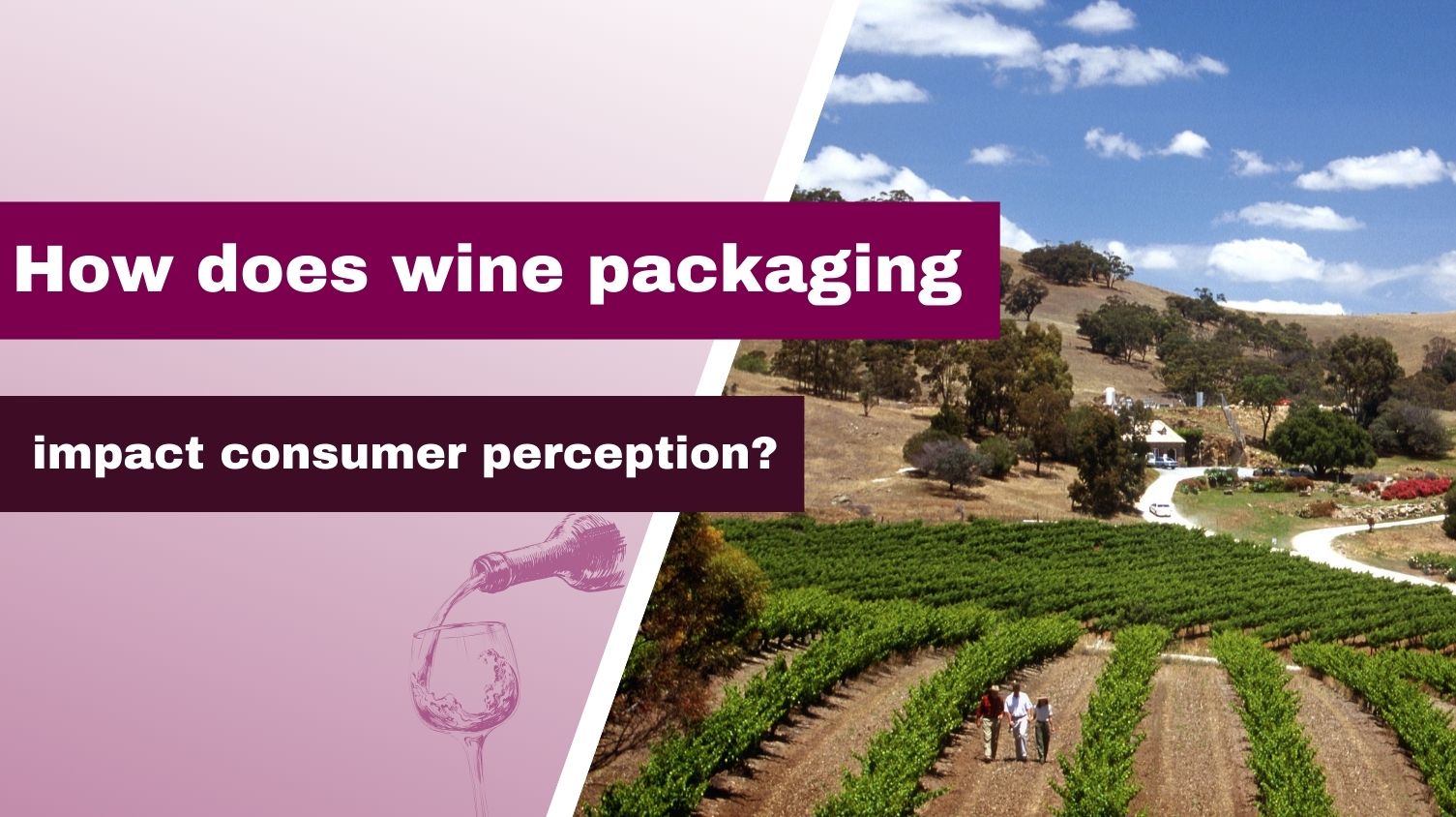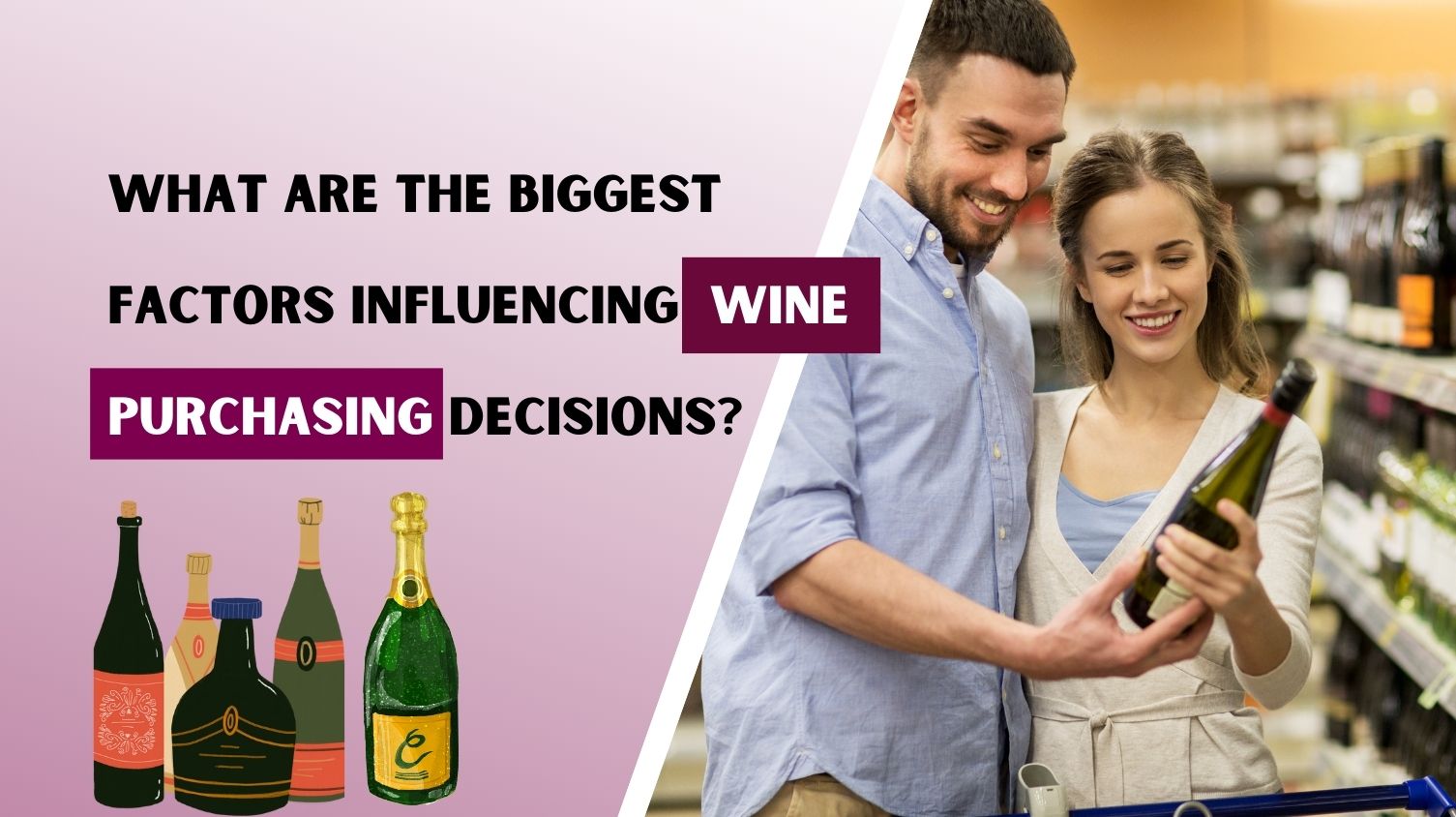10 Key Benefits of Influencer Marketing for Wine Brands
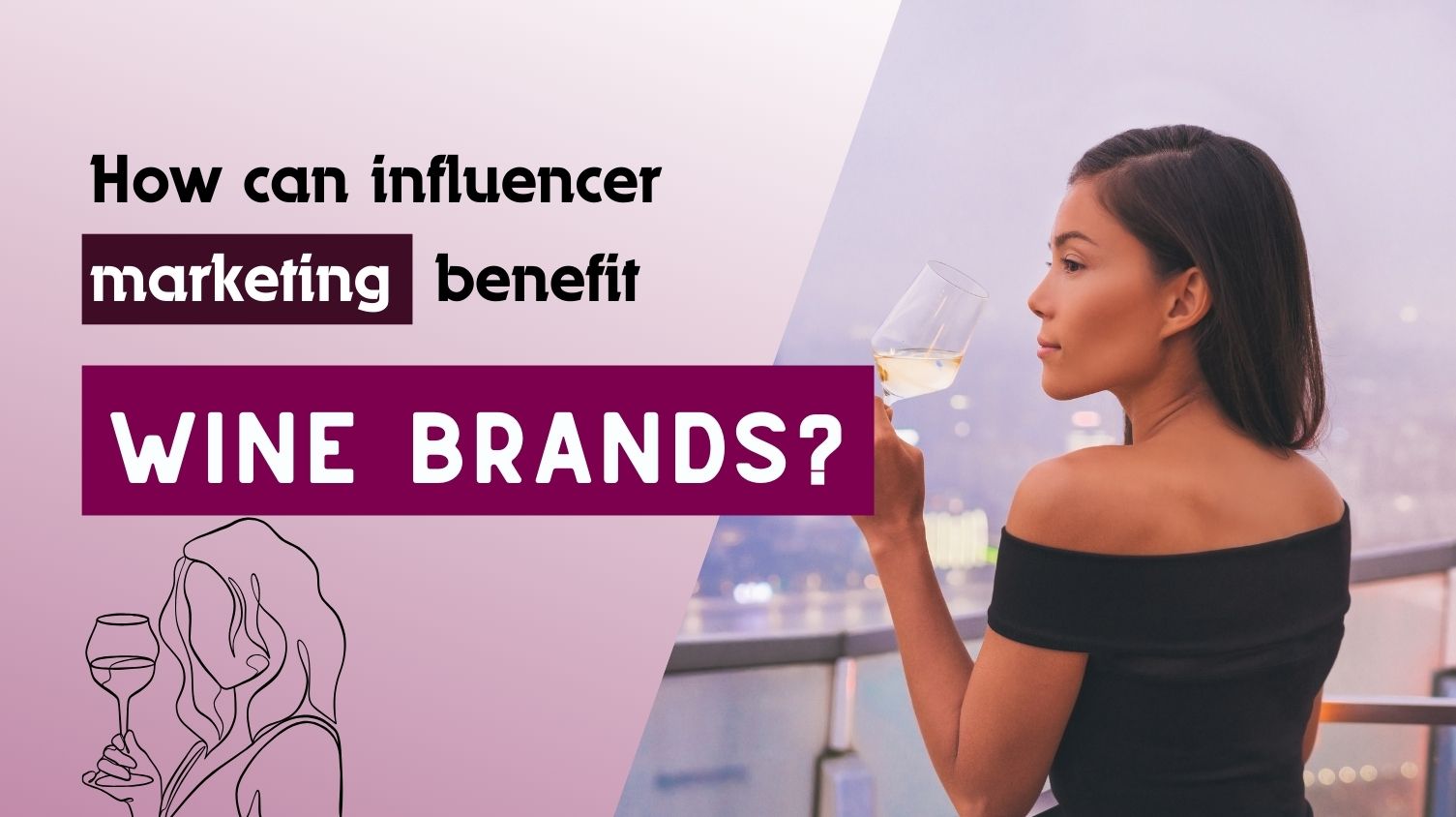
Introduction
In today’s digital world, influencer marketing is a powerful tool for businesses—including wine brands. By working with influencers, wineries can increase brand awareness, build trust, and engage with new customers in ways that traditional marketing cannot.
This article explores 10 key benefits of influencer marketing for wine brands and provides simple strategies to run successful influencer campaigns.
1. Increased Brand Awareness and Reach
The Problem:
Traditional wine marketing often struggles to attract new customers outside of existing buyers.
How Influencer Marketing Helps:
Influencers have large and engaged audiences that trust their recommendations.
Working with wine, food, or lifestyle influencers helps wineries introduce their brand to new potential customers.
Influencer-generated content spreads across multiple platforms, increasing exposure.
Example: A wine brand partnering with a well-known food blogger can introduce its products to thousands of wine lovers in just one post.
2. Builds Credibility and Trust
The Problem:
Consumers today are skeptical of traditional advertising.
How Influencer Marketing Helps:
Followers trust influencers and view them as reliable sources of recommendations.
When an influencer genuinely endorses a wine brand, it feels more credible and relatable.
People are more likely to try a wine recommended by someone they follow than from a direct advertisement.
Building trust through influencer partnerships leads to higher sales and long-term customer loyalty.
3. Reaches the Right Audience
The Problem:
Many wineries struggle to connect with their ideal customers due to broad or generic marketing.
How Influencer Marketing Helps:
Partnering with niche influencers ensures that marketing reaches the right target audience.
A sustainability-focused influencer can introduce organic and biodynamic wines to eco-conscious buyers.
Targeted marketing campaigns lead to higher engagement and better return on investment (ROI).
Choosing influencers who align with your brand values ensures better marketing success.
4. More Affordable than Traditional Advertising
The Problem:
TV, print, and billboard advertisements are expensive and do not always bring results.
How Influencer Marketing Helps:
Influencer marketing costs less than traditional media while offering high impact.
Many influencers accept product exchanges, commissions, or performance-based payments instead of large upfront fees.
A single viral influencer post can generate more attention than a costly magazine ad.
For small wineries with limited budgets, influencer marketing provides a cost-effective way to grow brand awareness.
5. Generates Authentic and Engaging Content
The Problem:
Consumers prefer natural, engaging content rather than traditional advertisements.
How Influencer Marketing Helps:
Influencers create high-quality, relatable content that feels like a personal recommendation instead of an ad.
Wine brands get user-generated content that can be reused on websites, social media, and email campaigns.
Example: An influencer might share a vineyard visit vlog, a wine pairing reel, or a personal tasting review, creating real connections with their audience.
Authentic content increases brand engagement and improves public perception.
6. Boosts Social Media Presence
The Problem:
Many wine brands struggle to grow their social media following and engagement.
How Influencer Marketing Helps:
Influencers direct their followers to a brand’s social media pages.
Tags, mentions, and hashtags increase organic reach and visibility.
Collaborations with influencers drive more likes, comments, and shares on posts.
A strong social media presence helps wineries build a loyal customer base and increase direct sales.
7. Educates Consumers About Wine
The Problem:
Many customers lack knowledge about different wines, pairings, and production methods.
How Influencer Marketing Helps:
Influencers can educate followers about wine varieties, tasting notes, and food pairings.
Wine bloggers and sommeliers provide expert tips in an engaging and easy-to-understand format.
Example: An influencer could create a short video on "How to Pair Wine with Cheese", helping followers feel more confident in their choices.
Educational content builds consumer trust and leads to more informed purchases.
8. Improves SEO and Online Visibility
The Problem:
Many wineries struggle to rank on Google due to poor SEO efforts.
How Influencer Marketing Helps:
Influencer blog posts often include backlinks to winery websites, improving search engine rankings.
More social media shares and website visits increase brand visibility on Google.
Better SEO leads to more organic traffic, helping wineries attract customers without extra advertising costs.
Having a strong online presence helps wineries stay competitive in the digital age.
9. Provides High-Quality User-Generated Content
The Problem:
Creating fresh marketing content is time-consuming and expensive.
How Influencer Marketing Helps:
Influencer campaigns generate high-quality photos, videos, and reviews that wineries can reuse.
Customers trust real people enjoying wine more than polished brand advertisements.
Example: A customer posting a picture of your wine at a dinner party acts as authentic social proof.
User-generated content is cost-effective and highly influential in driving sales.
10. Delivers Measurable Results
The Problem:
Traditional marketing methods often lack clear performance tracking.
How Influencer Marketing Helps:
Brands can track engagement, website traffic, and sales from influencer campaigns.
Analytics tools measure ROI and campaign effectiveness.
Performance data helps brands refine their future influencer partnerships for better results.
Tracking results ensures that wineries get the most value from their marketing efforts.
How to Run a Successful Influencer Marketing Campaign
To get the best results, wine brands should follow these key steps:
Find the Right Influencers – Choose influencers whose followers match your target market.
Set Clear Goals – Define whether you want to increase brand awareness, engagement, or sales.
Build Genuine Relationships – Work with influencers long-term instead of just one-time collaborations.
Give Influencers Creative Freedom – Let them present your brand in their own way for more authentic content.
Track and Optimize – Use analytics to measure success and adjust strategies as needed.
By following these steps, wineries can maximize their influencer marketing success and achieve long-term growth.



